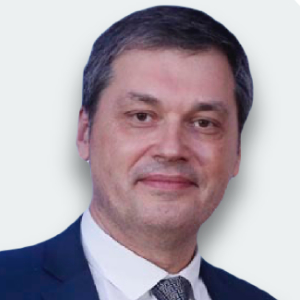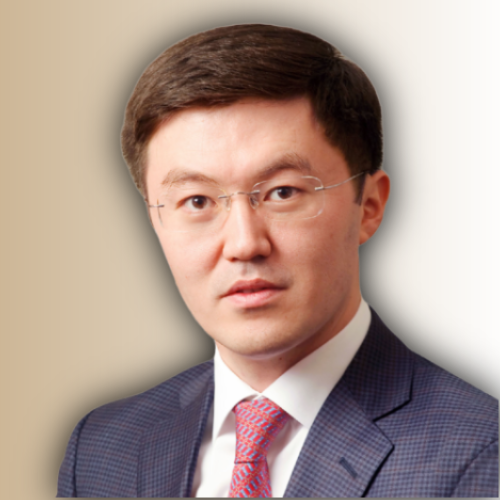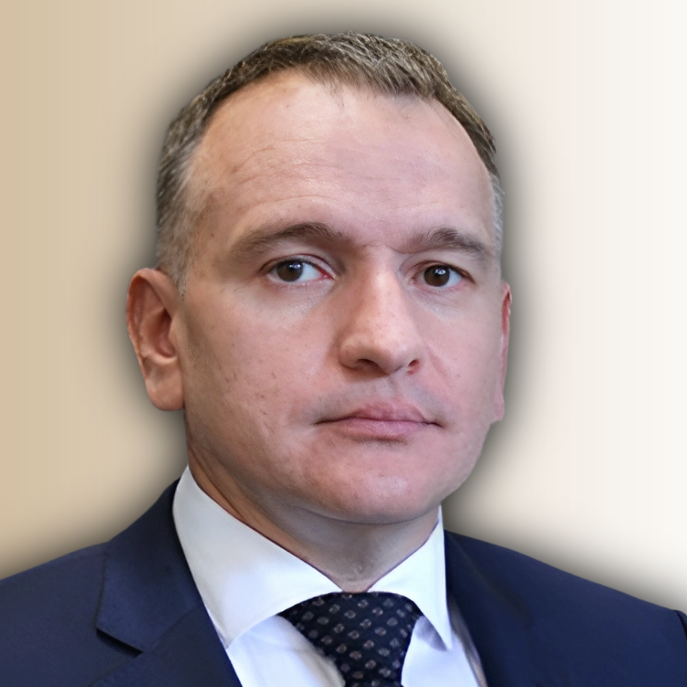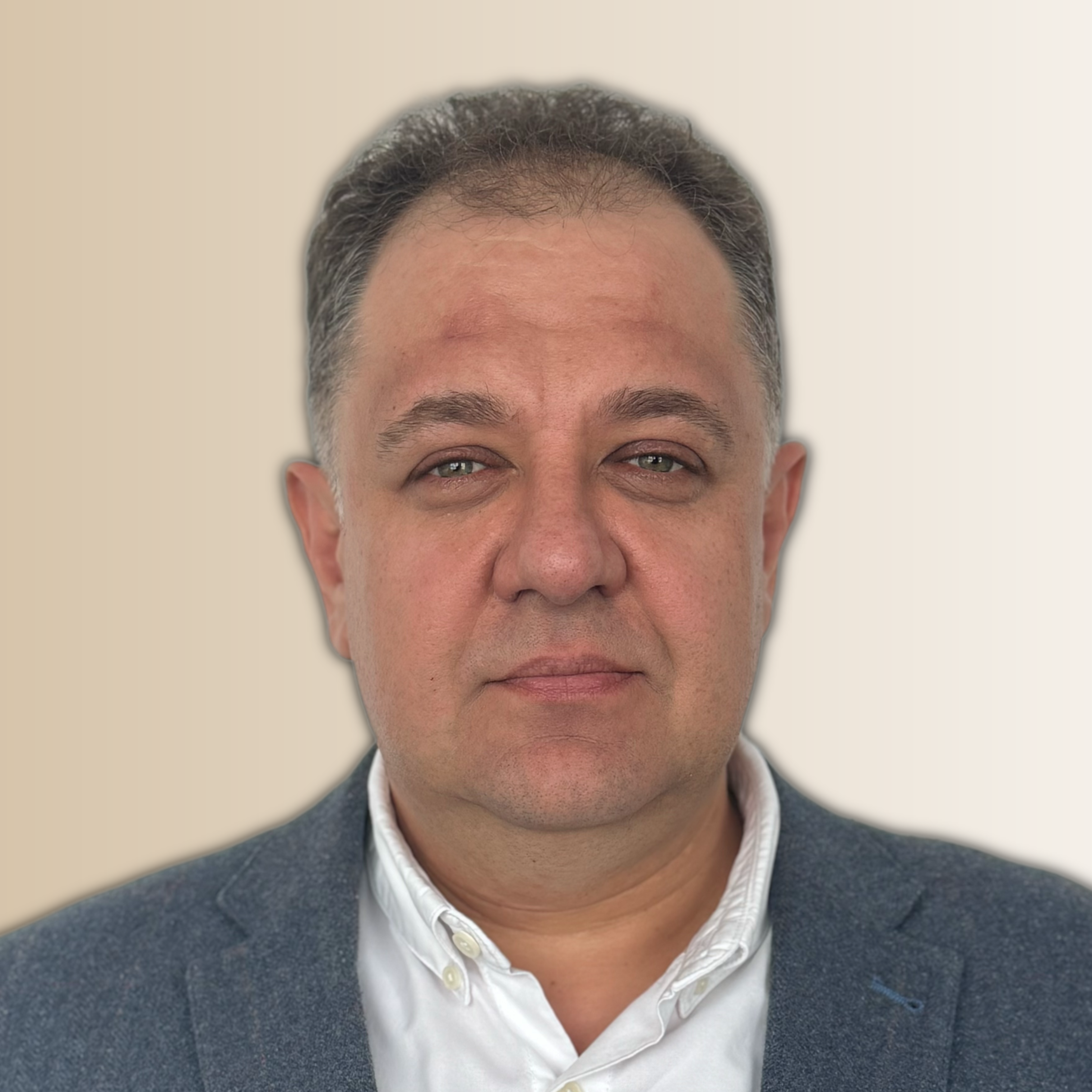Agenda - 17 April 2024
17 April
Kazakhstan’s mining and metallurgical industry stands at a pivotal juncture, where attracting foreign investment and embracing cutting-edge technologies are paramount for sustaining its competitive edge. Currently, a significant portion of mined metals in Kazakhstan undergoes processing outside the country. To address this, the “Kazcontent 2.0″ initiative has been introduced, focusing on localising production, cultivating industrial hubs, and establishing technology parks. The Kazakh government plans to revise laws to increase metal ore processing from under 20% to 50% by 2036. This strategy is expected to invigorate the manufacturing sector, decrease raw material and primary metal exports, and enhance revenue from higher-value products. The plenary session will highlight the Kazakh Government’s, investors’, and subsoil users’ strategies for enhancing local production capacities, particularly in electronics, automotive, polymers, electric batteries, and other components. This approach is intended to foster local industrial growth and create higher-value products by processing mineral raw materials within the country.

09:45 - Global Gold Outlook
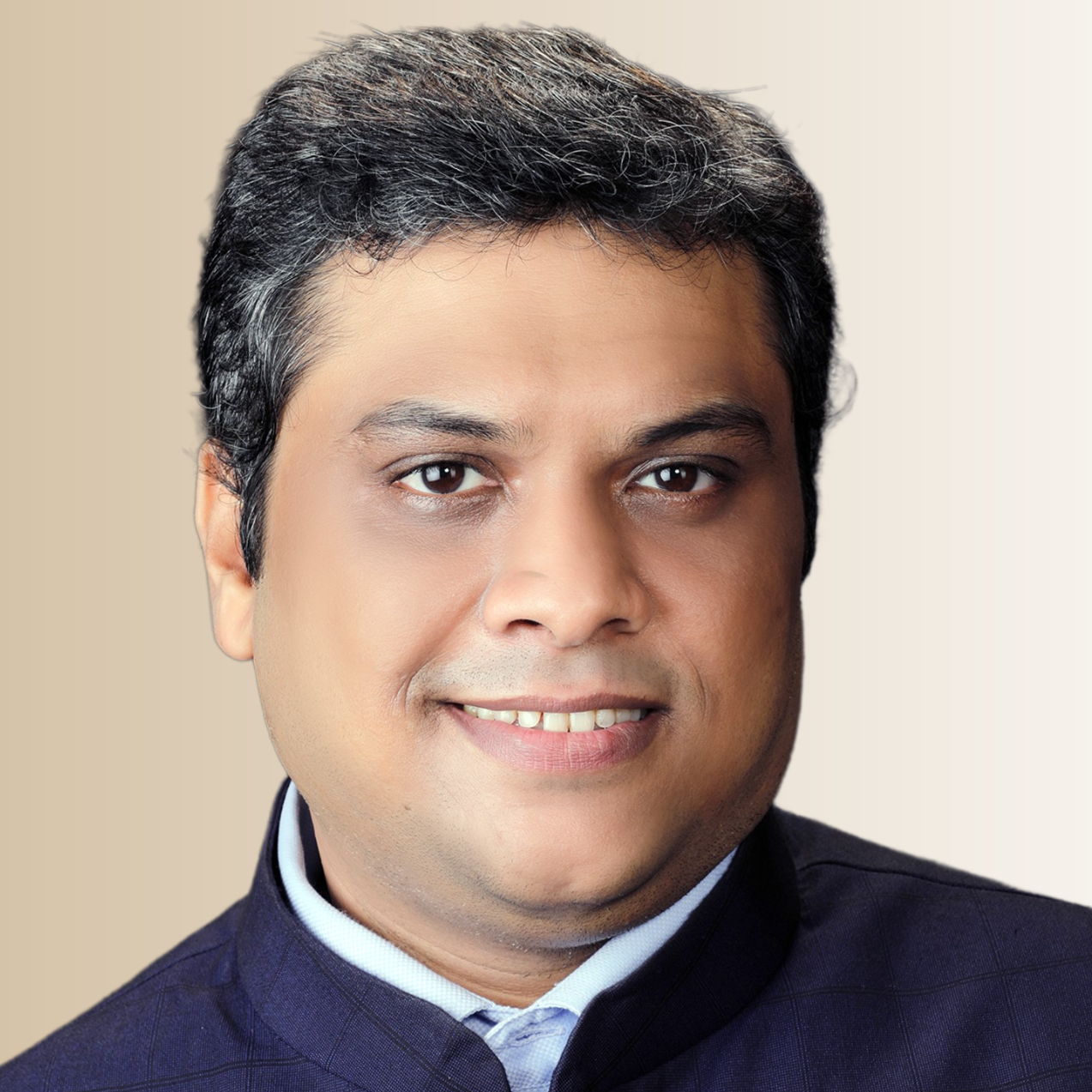
10:00 - The key directions for the development of the mining and metallurgical industry in Kazakhstan

10:15 - Investment climate in Kazakhstan

10:30 - Plans for the development strategy of Tau-Ken Samruk after the merger of the assets of Kazgeology. Review of ongoing investment projects with the participation of foreign partners.
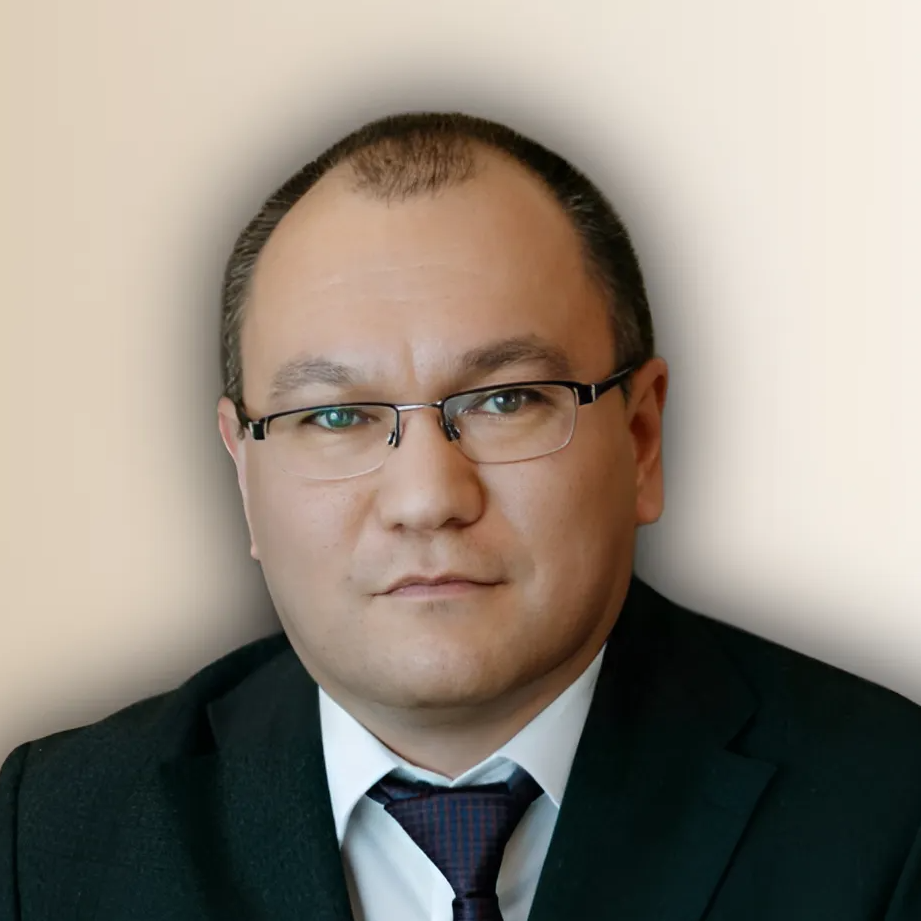

11:45 - Application of green energy for machines in the mining industry

12:00 - McLanahan Apron Feeders And Mineral Sizers: From Selection To Operation
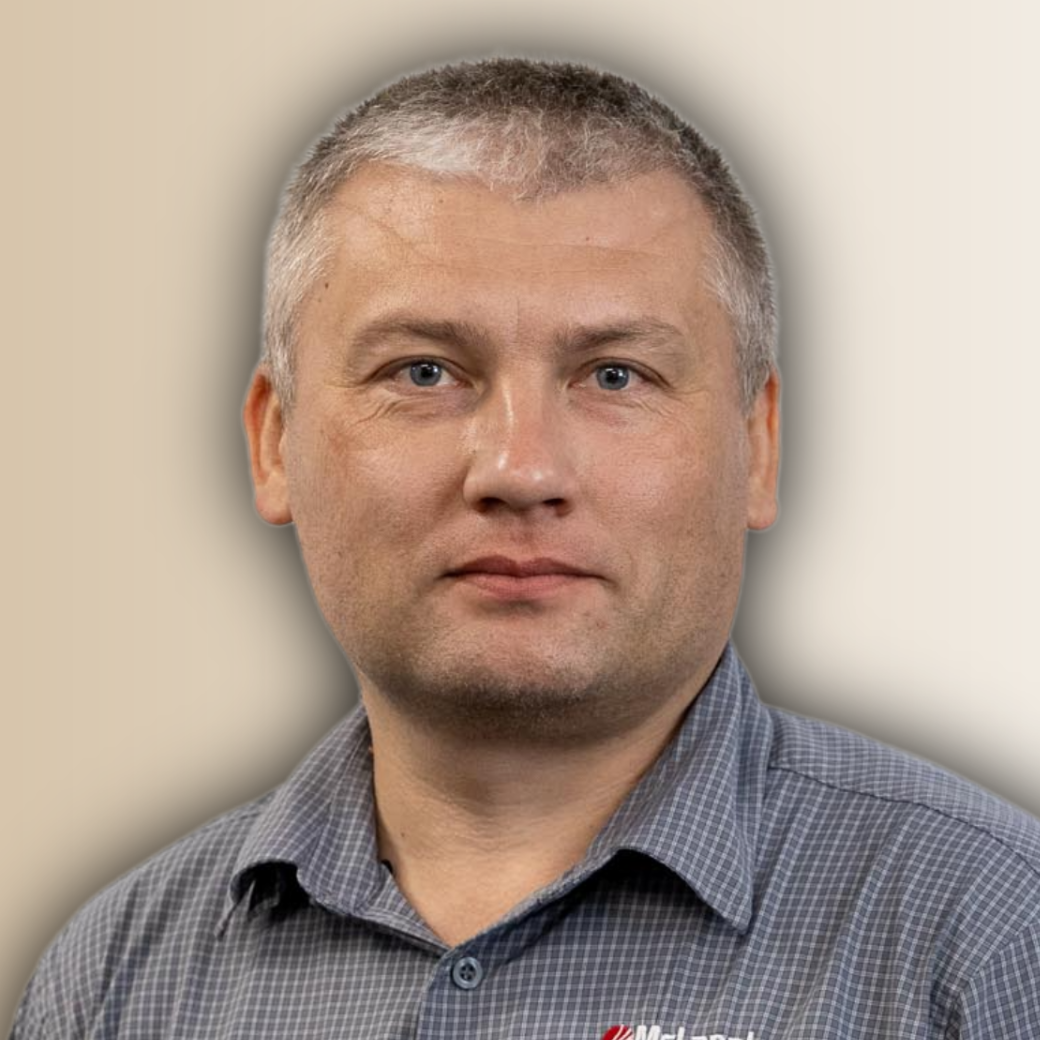
12:15 - Application of modern rope conveyor technology for material transport from Doppelmayr
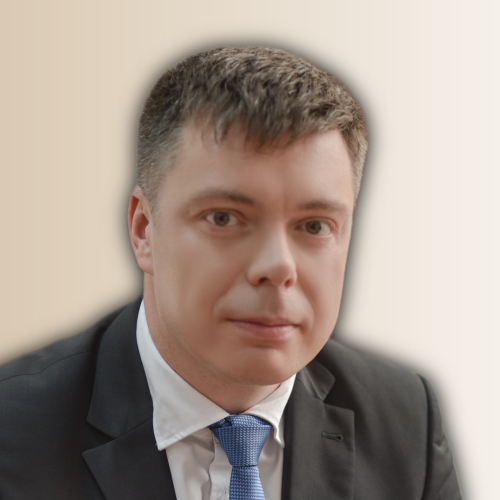
12:30 - SIBUR product offer for the mining industry

12:45 - "LEAN" mindset for cost effective sustainable mining transportation
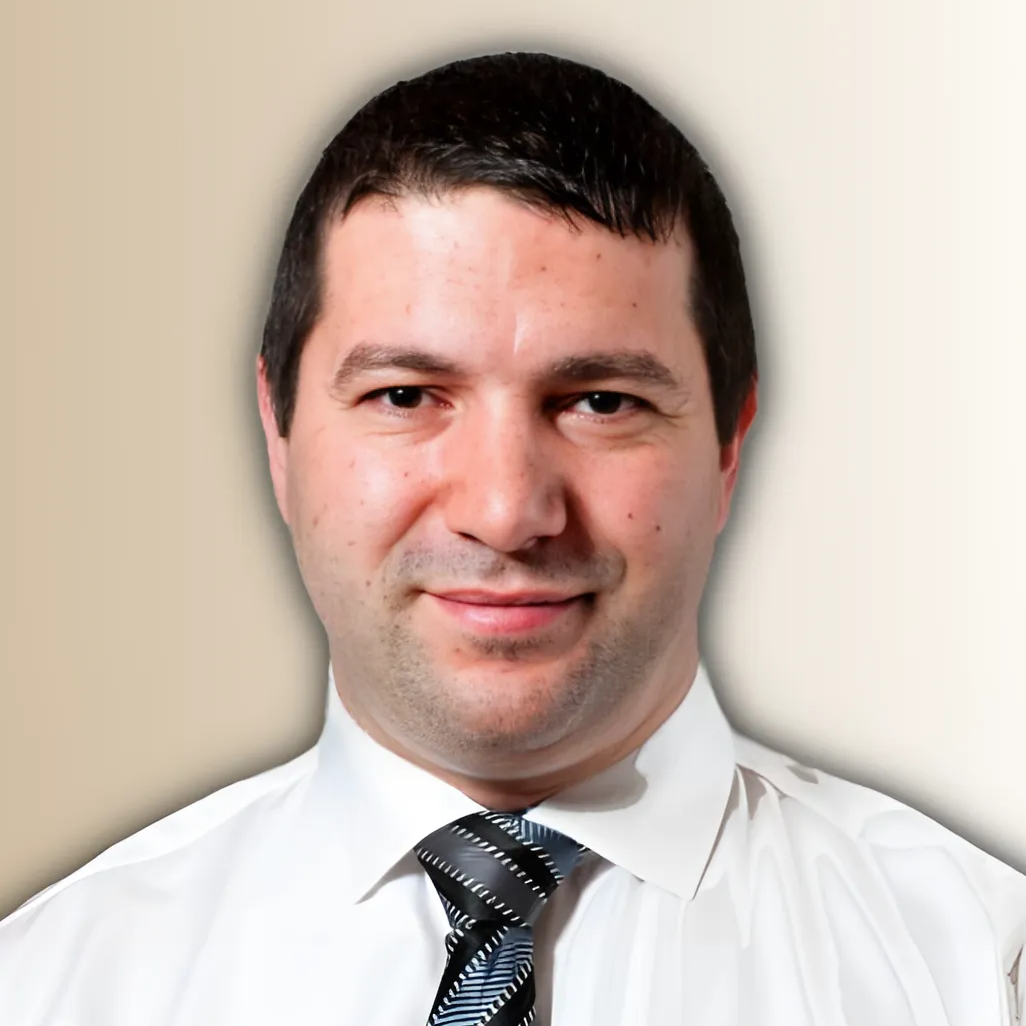
Kazakhstan is implementing new strategies to enhance geological prospecting and develop tailings, vital for the mining industry’s sustainable growth and the country’s economic security. The discovery of new mineral deposits is crucial for attracting investments. By 2026, Kazakhstan aims to extend its geologically explored territory to 2 million square kilometres, focusing on the exploration of rare and rare-earth metals. However, experts suggest that the 2018 geological legislation isn’t fully effective, prompting the government to take urgent steps to revamp the mining sector’s management. Recognising the potential in tailings, the government is also looking to capitalise on this resource. To facilitate these initiatives, there is a need for a concerted effort to bolster the sector’s growth and secure long-term economic benefits.

11:45 - Mineral resource base development tasks

12:00 - Potential of the mining industry of the Kyrgyz Republic
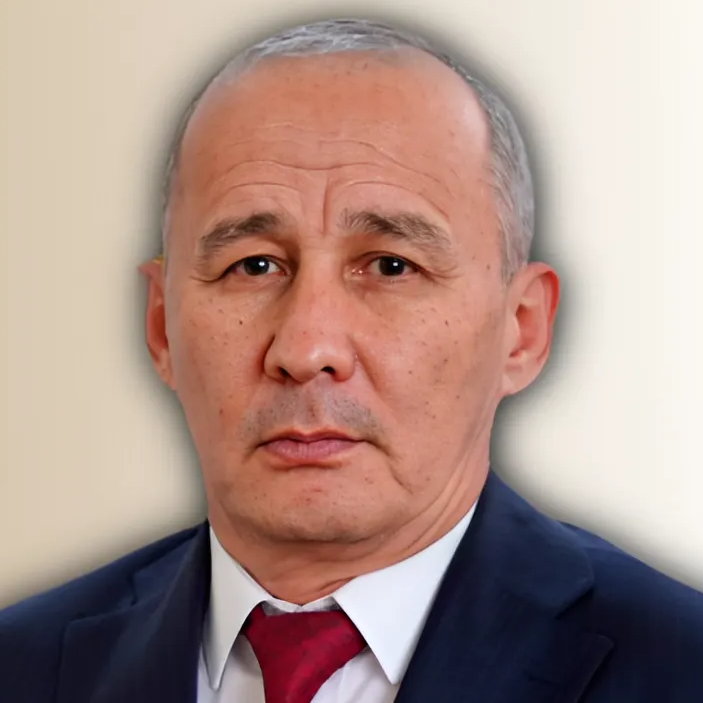
12:15 - First Quantum Minerals - From Africa to the World

12:30 - Unlocking Kazakhstans' Copper Potential

12:45 - The Copper Gold Potential of the Pavoldar Region



14:45 - Company Introduction : Exploration Drill Masters

15:00 - Aurora - A vision for mineral exploration in Kazakhstan

15:15 - ODS Project, a Sediment Hosted Copper (V) Deposit in Southern Argentina

Kazakhstan’s strategic position and rich natural resources are key attractions for foreign direct investment (FDI) in its mining and metallurgical industry. Legal reforms, particularly in subsoil use, have opened doors for new investors. The nation’s shift to CRIRSCO (KazRC) international standards is set to further attract FDI. The uranium and critical materials are becoming the “new oil” enabling the transition to a green economy. However, the production of these materials in Kazakhstan will require investments and long-term commitments on the part of the state, subsoil users, investors, and local governments. What advantages does Kazakhstan offer to foreign investors to develop exploration, production, and processing projects? What opportunities does the national financial market offer to mining and exploration companies? How has the increase in mineral extraction tax rates affected the industry and its investment attractiveness as a whole? The session will explore experiences and perspectives from both Kazakh and international companies involved in mining projects within the country.
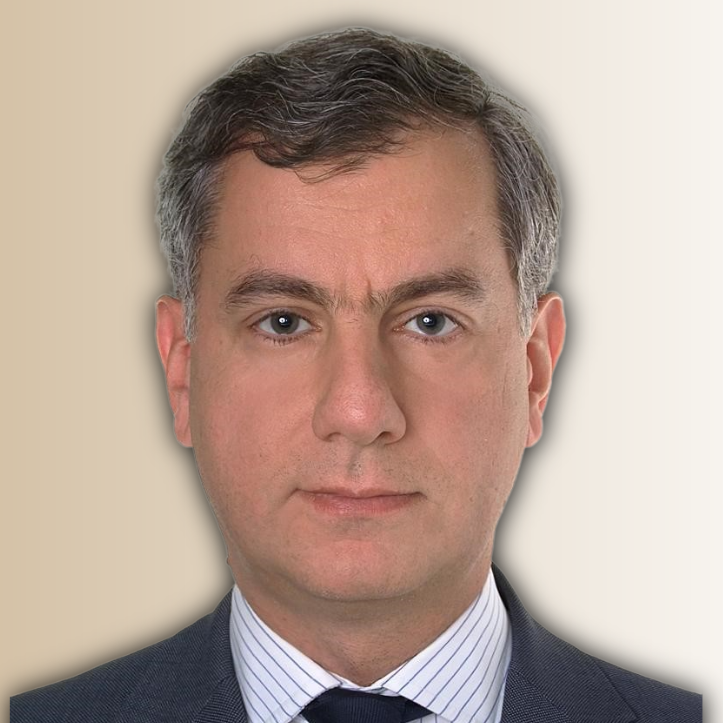
14:15 - Investment attractiveness of Kazakhstan and Central Asia in new realities.

14:30 - Promotion of the KAZRC Code in the mining industry of Kazakhstan
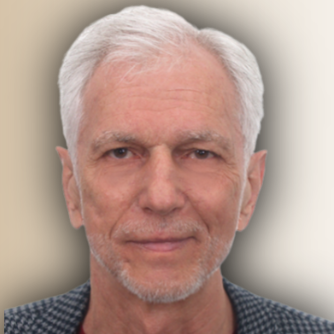
14:45 - Investment opportunities in the mining and metallurgical sector
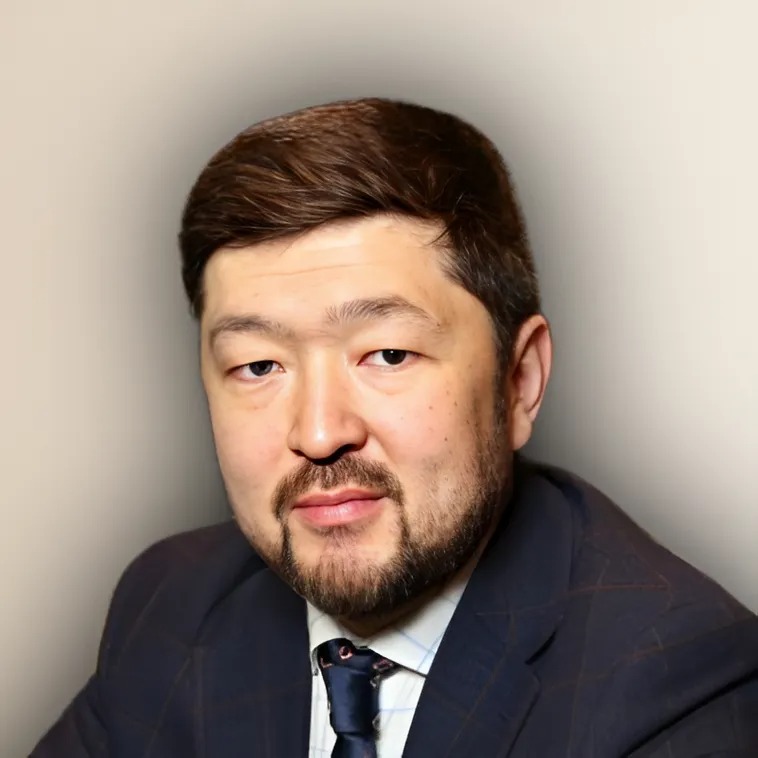
In Central Asia, and specifically in Kazakhstan, mining industry faces the urgent need to adopt climate change strategies due to the region’s accelerated warming rate. The Harvard University research paper highlights the importance of energy diversification in tackling climate change and catering to the increasing energy demands. For mining companies, energy expenses represent about 30% of their total operational costs. Implementing efficient energy management can lead to significant reductions in energy usage, with potential savings of 15-20% at existing facilities and up to 50% for new mine designs. Encouraging investment in clean energy necessitates a commitment to long-term planning. The challenge of addressing these issues effectively lies in the collaboration between mining companies, legislative bodies, and state regulators, ensuring a coordinated approach towards sustainable energy use and climate change mitigation in the mining sector.

14:15 - Decarbonization of Mining
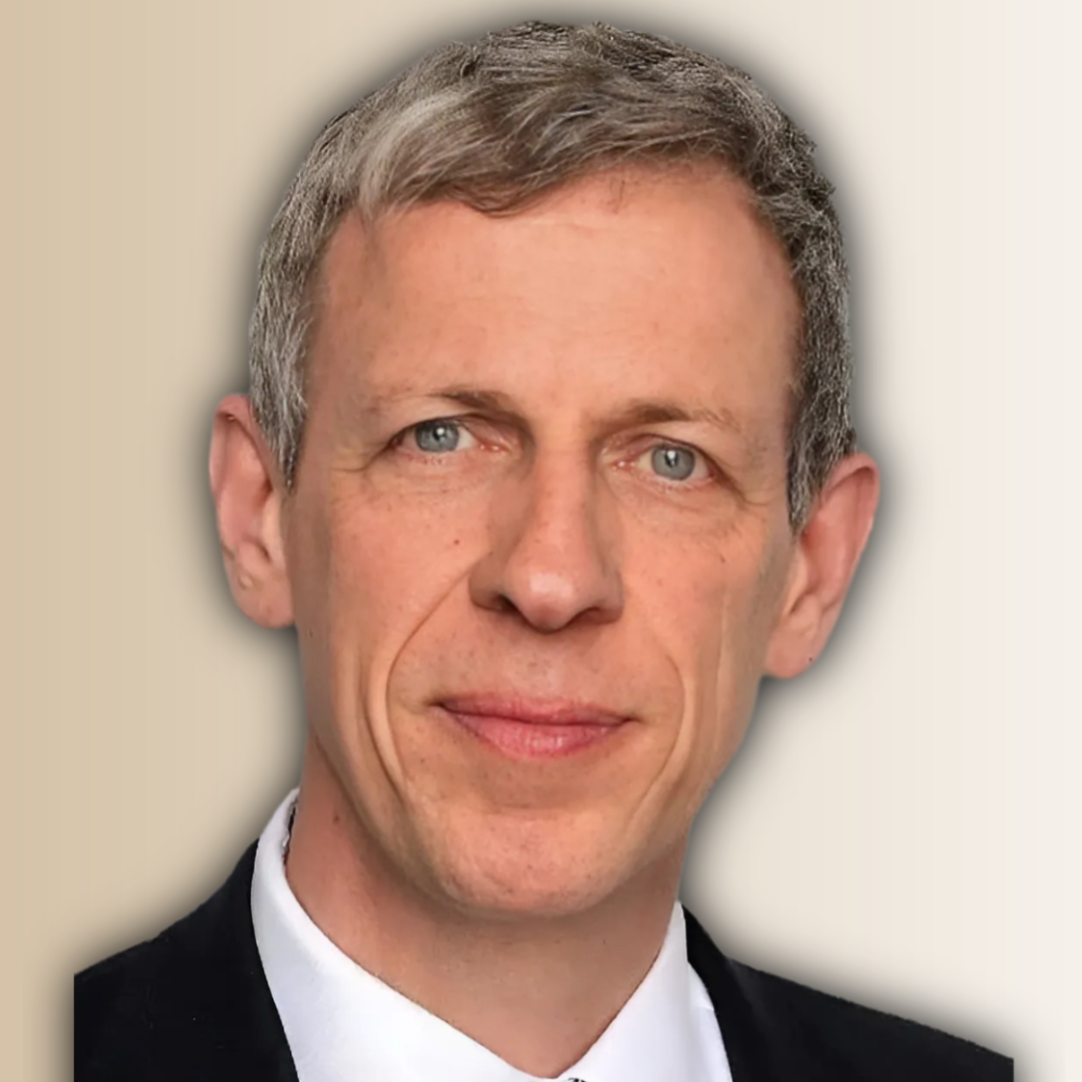
14:30 - Decarbonisation of underground mines

14:45 - Sustainable and responsible copper production in Kazakhstan
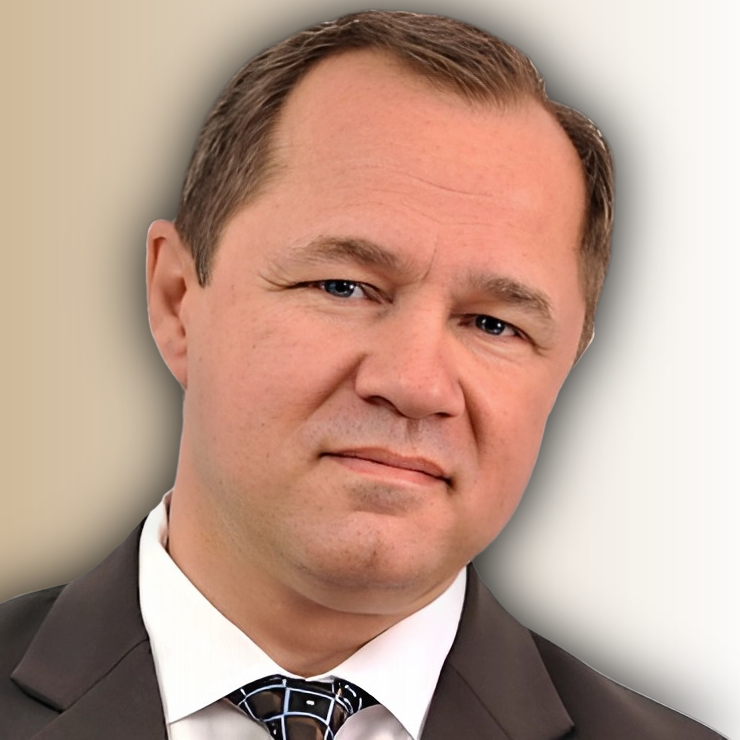
15:00 - Energy saving as a tool for industrial modernization
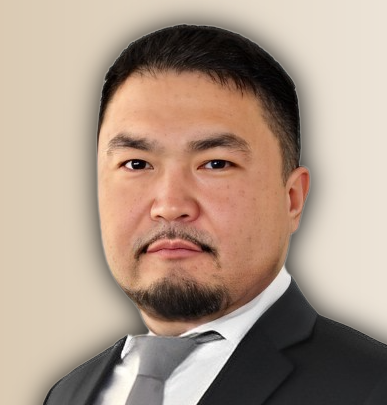

16:15 - Safe, innovative and sustainable geosynthetic solutions for the mining industry: Advantages of the new PLUS products.

16:30 - Krux Analytics: driving sustainable practices through drilling optimisation.

16:45 - Steeper, deeper, faster: rock support technologies for efficient mining in difficult conditions

17:00 - Ventilation in mine workings: Increasing economy and efficiency at all stages
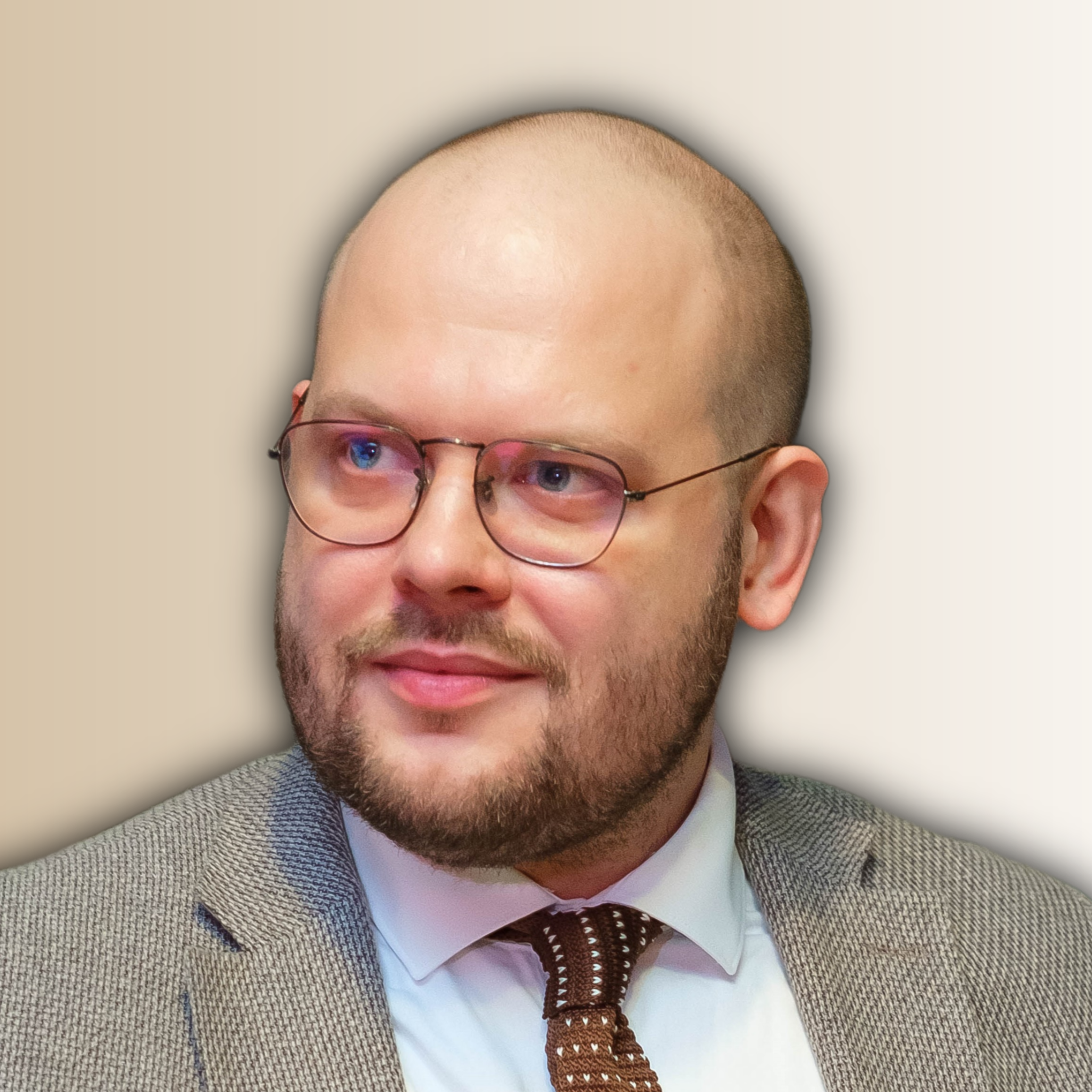
17:15 - Innovative methods of drilling and casing for vertical shafts

The shift from hydrocarbons to renewable energy sources globally has significantly fostered international collaboration in the exploration, production, processing, and establishment of supply chains for uranium and other critical raw materials crucial for green energy technologies like electric batteries, solar panels, wind turbines, and micro-hydro systems. This session will explore the expansion of Kazakhstan’s international relations, particularly in the context of partnership programs with major global players such as the European Union, the United States, Canada, France, the United Kingdom and other countries. The focus will be on developing robust global supply chains for uranium and other critical raw materials from the landlocked Kazakhstan.

16:10 - Critical to whom? Should more minerals in Central Asia be classified as Strategic?

16:20 - Critical raw materials for the energy transition — how to achieve the targets?
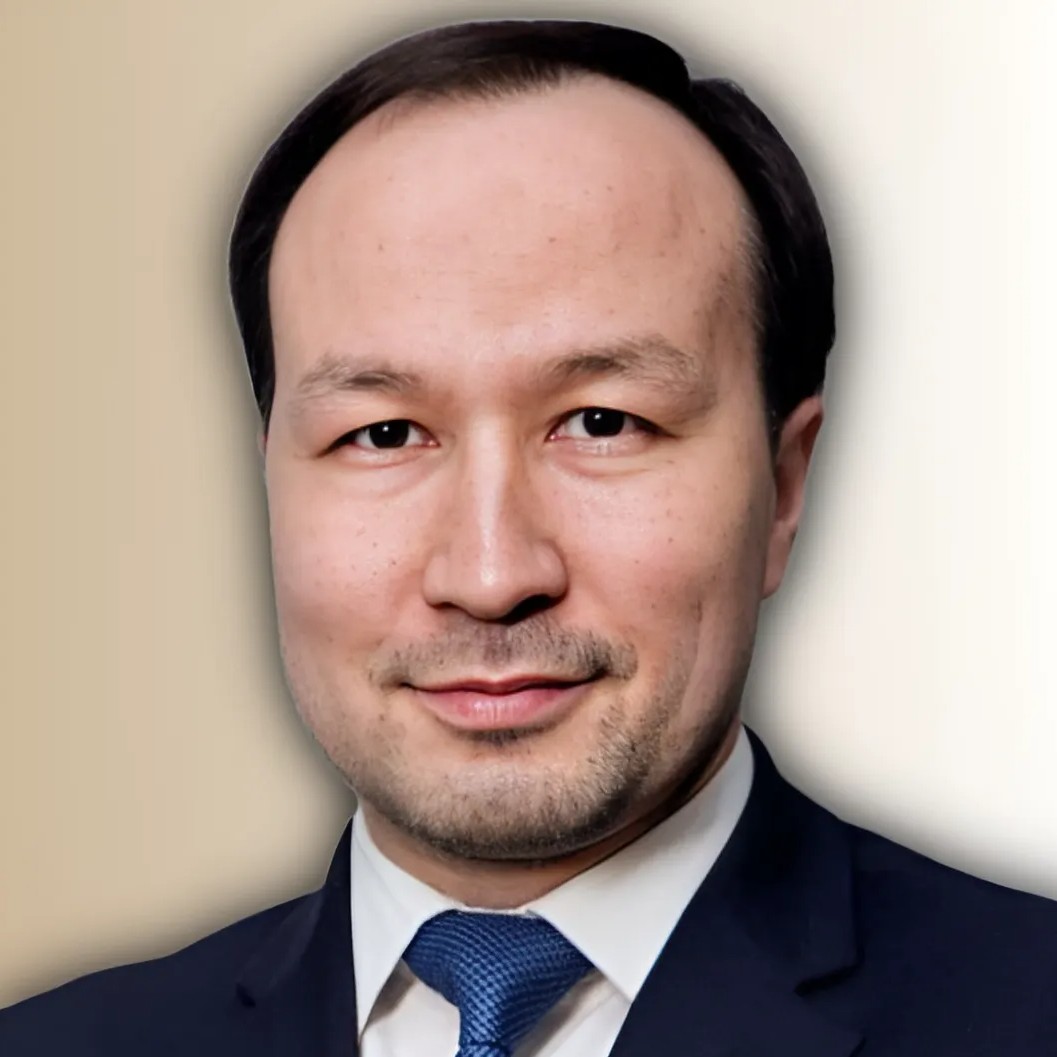
16:30 - Memorandums of Understanding signed by Kazakhstan to develop critical minerals

16:40 - EU-Kazakhstan cooperation in the field of critical raw materials

16:50 - Technical and research work on projects in the field of rare and critical metals
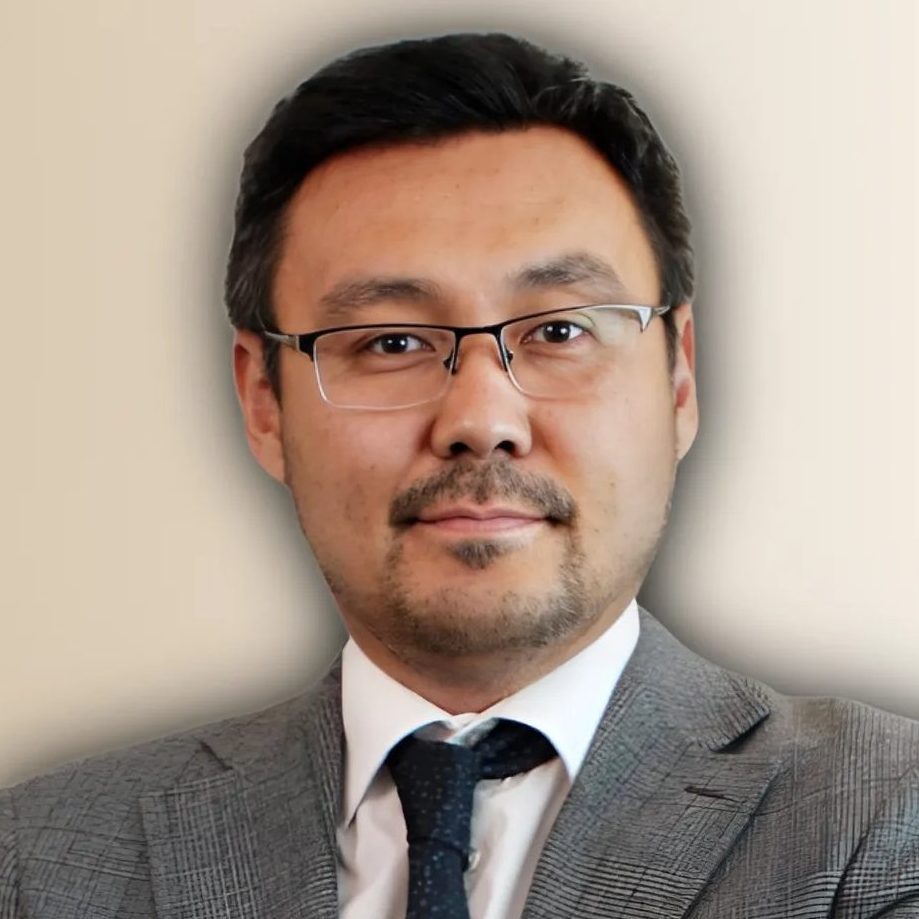
17:00 - Technology in an AI world to Find, Define and Mine sustainable Critical Minerals

17:10 - Geophysics for Lithium Exploration – Two case studies

Groundwater is crucial to support socio-economic development in Central Asian countries. Water is widely used in both underground and surface mining: about 40% in ore processing, about 40% in tailings dams and about 20% in dust control. A 2022 World Bank study warns that Central Asia is warming faster than the global average, accelerating the melting of glaciers – a vital source of water for households, agriculture, energy production and mining. In response to this challenge, the Government of Kazakhstan has formulated a Comprehensive Plan for the Development of the Water Sector spanning from 2024 to 2030. This plan is aimed at bolstering the country’s water security and addressing water scarcity issues. Experts will be focusing on the development of comprehensive water management programs essential for maintaining the sustainability of mining and processing industries in the region.

16:15 - Water management at industrial enterprises

16:30 - Modern solutions to water problems in the mining industry



